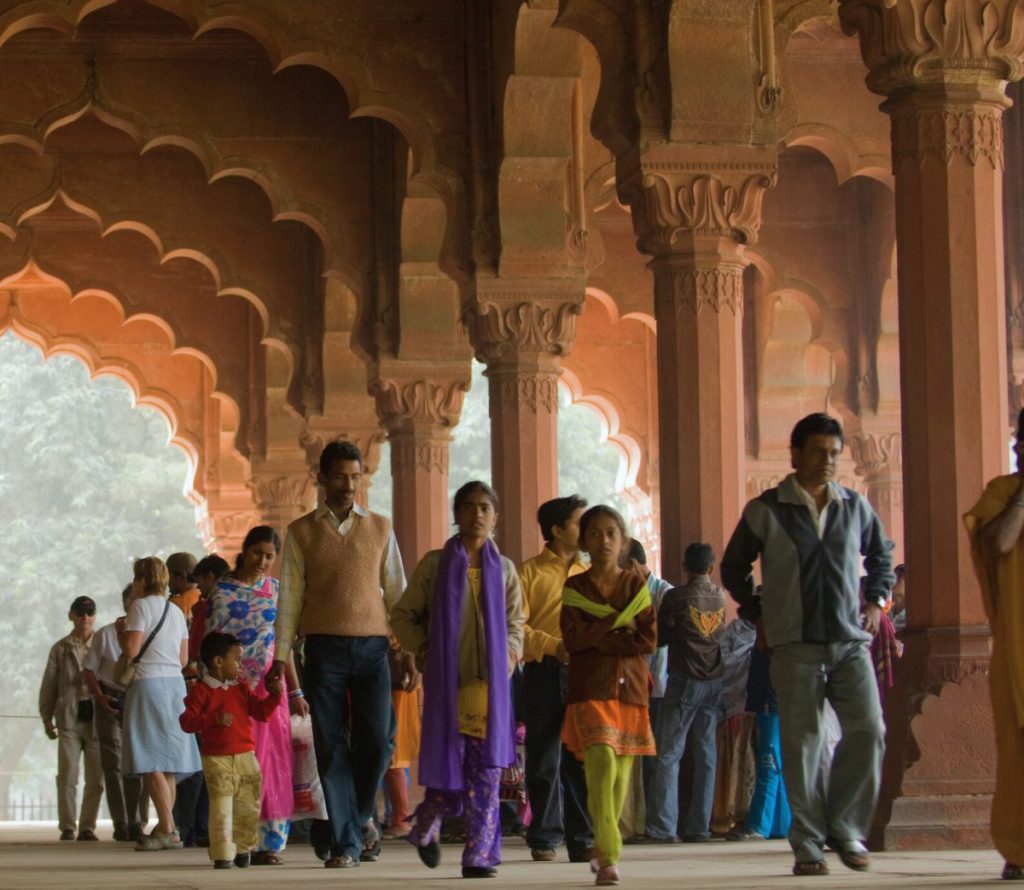Context:
Recently the 25th edition of the “Women and Men in India 2023” report has been launched which provides a comprehensive analysis of gender dynamics in India.
Key Highlights of the report:
- Population Projections: By 2036, India’s population is expected to reach 152.2 Crore, with a slight increase in the female percentage to 48.8%.
- Sex Ratio Improvement: The sex ratio is projected to improve from 943 in 2011 to 952 by 2036, indicating positive trends in gender equality.
- Education and Literacy: The adolescent fertility rate is significantly higher among illiterate women (33.9) compared to literate women (11.0).
- Fertility Trends: The Age Specific Fertility Rate (ASFR) for women aged 20-24 and 25-29 has decreased significantly, emphasizing a shift in family planning as women settle into their lives. And ASFR for the age 35-39 has increased from 32.7 to 35.6 years.
About the report
- The Ministry of Statistics and Programme Implementation (MoSPI) releases this report.
- The report is a crucial resource for understanding the demographic changes and their implications for both women and men in India.
- It serves as a vital tool for adocacy and action to promote gender equity and ensure that development efforts are inclusive and sustainable.
- Maternal and Infant Health: India has made strides in reducing the Maternal Mortality Ratio to 97/lakh live births, and the Infant Mortality Rate has equalized at 28 per 1000 live births for both genders.
- Labour Force Participation Rate (LFPR): As per the LFPR, persons aged 15 years and above have been increasing from 2017-18 onwards for both the male and female population.
- It is seen that male LFPR has gone from 75.8 to 78.5 during 2017-23.
- Female participation in the workforce has risen from 23 to 37 between 2017-2023.
- Women’s Electoral Participation: Historically, women’s voter turnout lagged behind men’s, but significant change in 2014 with women’s participation increasing to 65.6%, and further rising to 67.2% in the 2019 elections.
- For the first time, the voter turnout percentage was marginally higher for women, highlighting the impact of increasing literacy and political awareness among women.
- Women Entrepreneurs Driving India’s Start-Up Ecosystem: With 55,816 women-led start-ups recognized by DPIIT, women now represent 47.6% of the total start-ups, showing their growing influence and contribution.

